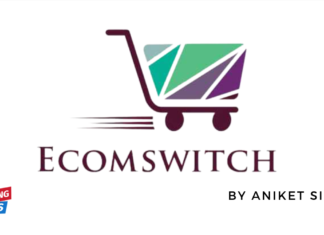Creating a Ludo app can be a fun and potentially profitable venture in the mobile gaming industry. In this blog post, we’ll walk you through the key steps involved in ludo app development
Step 1: Idea and Conceptualization
Every successful app starts with a clear idea. In this case, the concept is a digital version of the popular board game Ludo. Consider what features you want to include, such as single-player mode, multiplayer mode, different variations of the game, chat functionality, and more.
Step 2: Market Research
Understanding your target audience and competition is crucial. Analyze existing Ludo apps, study user reviews, and identify areas for improvement or unique features that you can implement.
Step 3: Choose a Platform
Decide whether you want to develop the app for iOS, Android, or both platforms. You can use native languages like Swift for iOS and Java/Kotlin for Android, or consider cross-platform development using frameworks like Flutter or React Native.
Step 4: Design and Wireframing
Create a user interface (UI) design that is intuitive and visually appealing. Consider the placement of buttons, color schemes, and overall aesthetics. Wireframing tools like Adobe XD, Sketch, or Figma can be helpful in this stage.
Step 5: Game Development
This is the heart of the process. You’ll need to implement the game logic, player movements, dice rolling mechanics, and other functionalities. Depending on your chosen platform, you’ll use relevant languages and tools (e.g., Unity for cross-platform, Swift/Java for native).
Step 6: Multiplayer Functionality
Implementing multiplayer functionality is crucial for a Ludo app. You can use different approaches like peer-to-peer connections, server-client architecture, or utilize third-party services like Firebase or Photon for real-time multiplayer capabilities.
Step 7: Testing
Thoroughly test your app to ensure it runs smoothly on different devices and screen sizes. Address any bugs or issues that arise during this stage.
Step 8: Monetization
Decide how you want to generate revenue from your app. Options include in-app purchases for themes, ads, or offering a premium version with enhanced features.
Step 9: Deployment
Submit your app to the respective app stores (Apple App Store and Google Play Store) following their guidelines and policies.
Step 10: Marketing and Promotion
Market your app through various channels such as social media, app review sites, influencer partnerships, and paid advertising. Encourage user reviews and feedback to improve your app over time.
Step 11: Maintenance and Updates
Regularly update your app with new features, bug fixes, and improvements based on user feedback. This will help maintain user engagement and attract new players.
Remember, building a successful Ludo app requires dedication, creativity, and a commitment to user satisfaction. Stay updated with the latest trends in mobile gaming and be ready to adapt to the changing landscape. Good luck with your journey!






